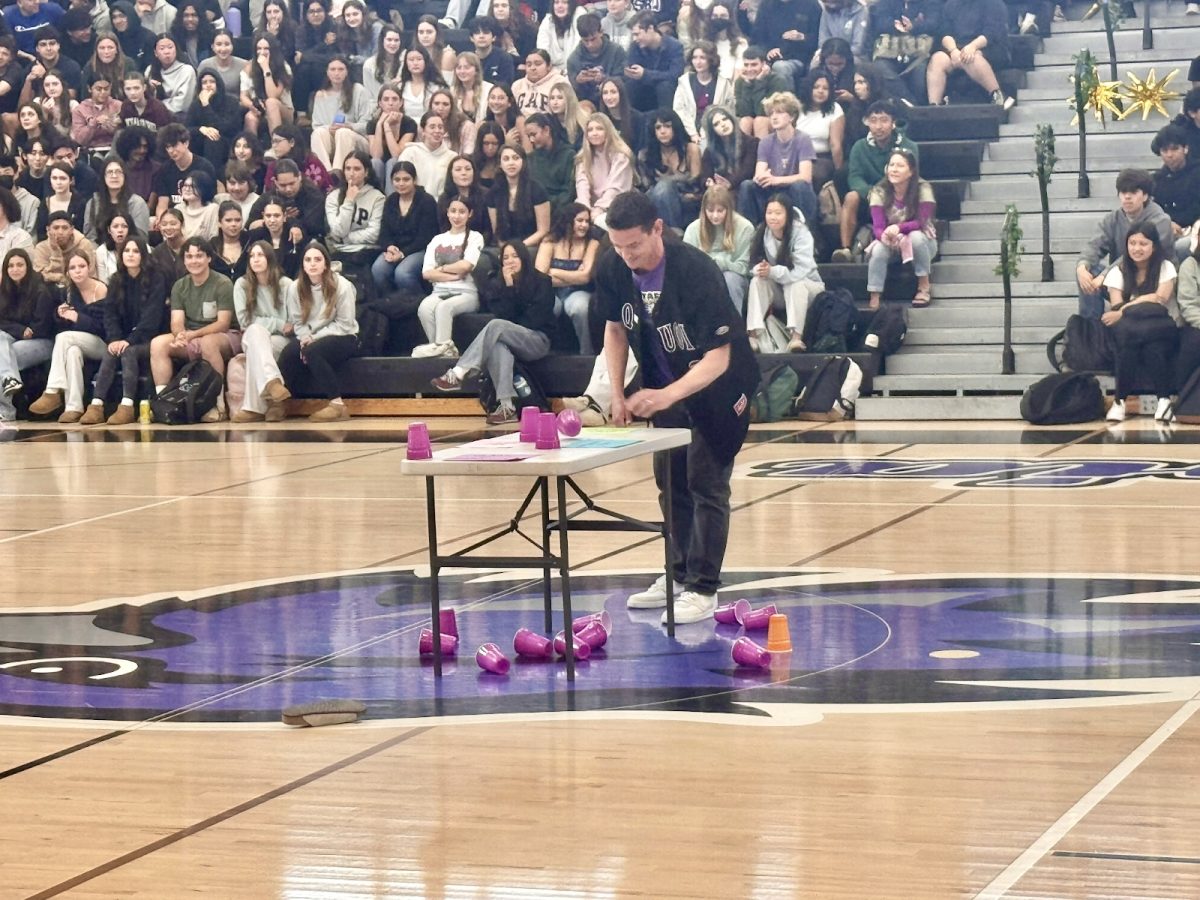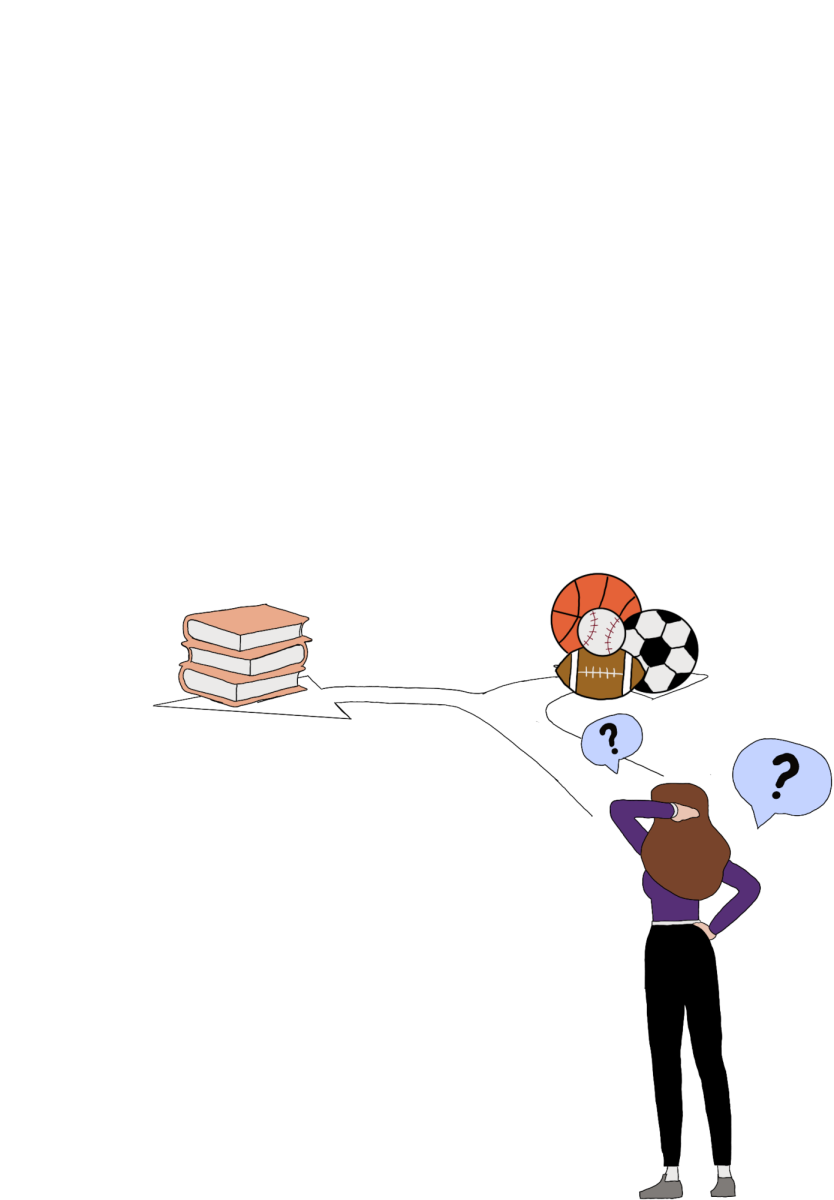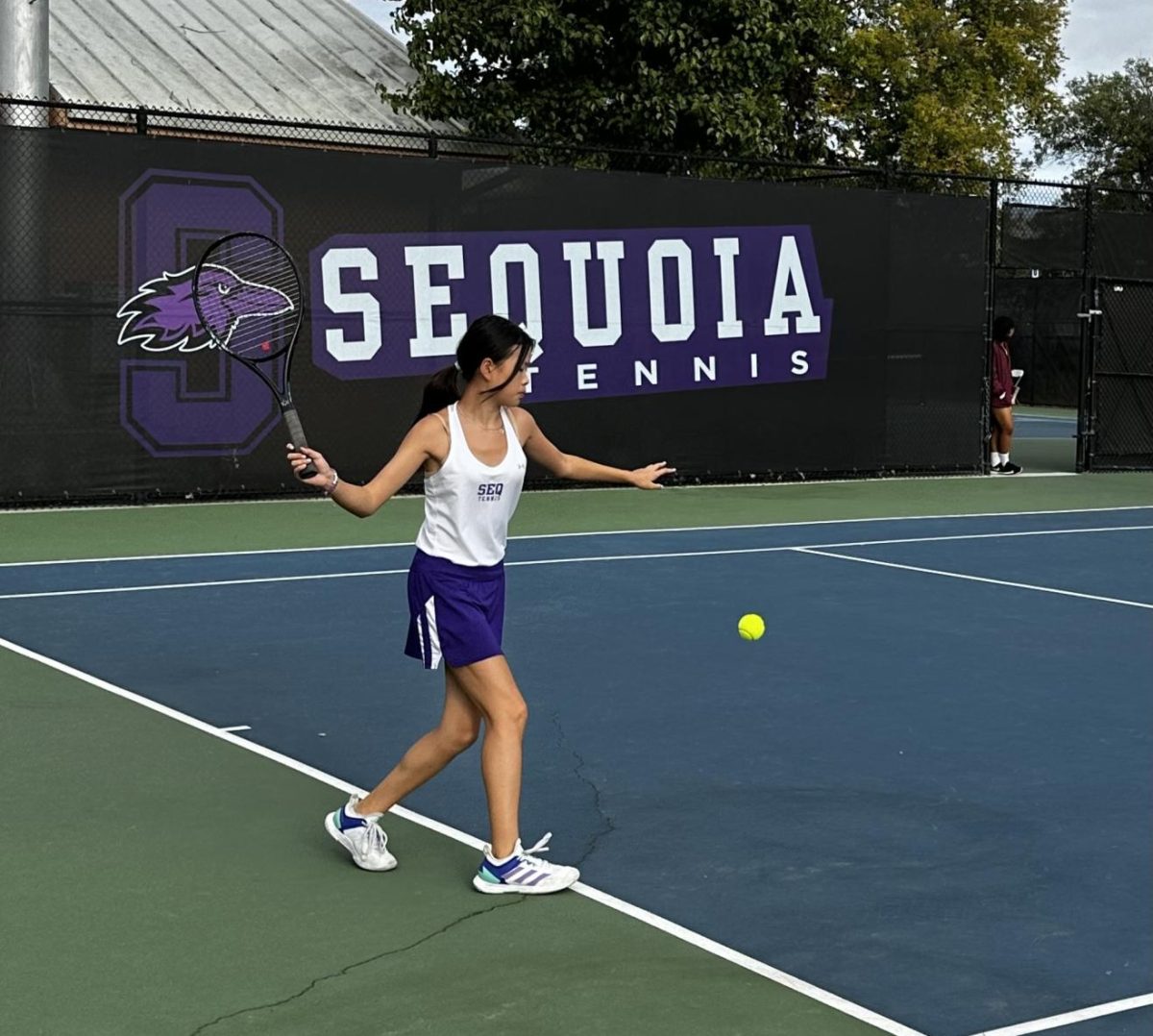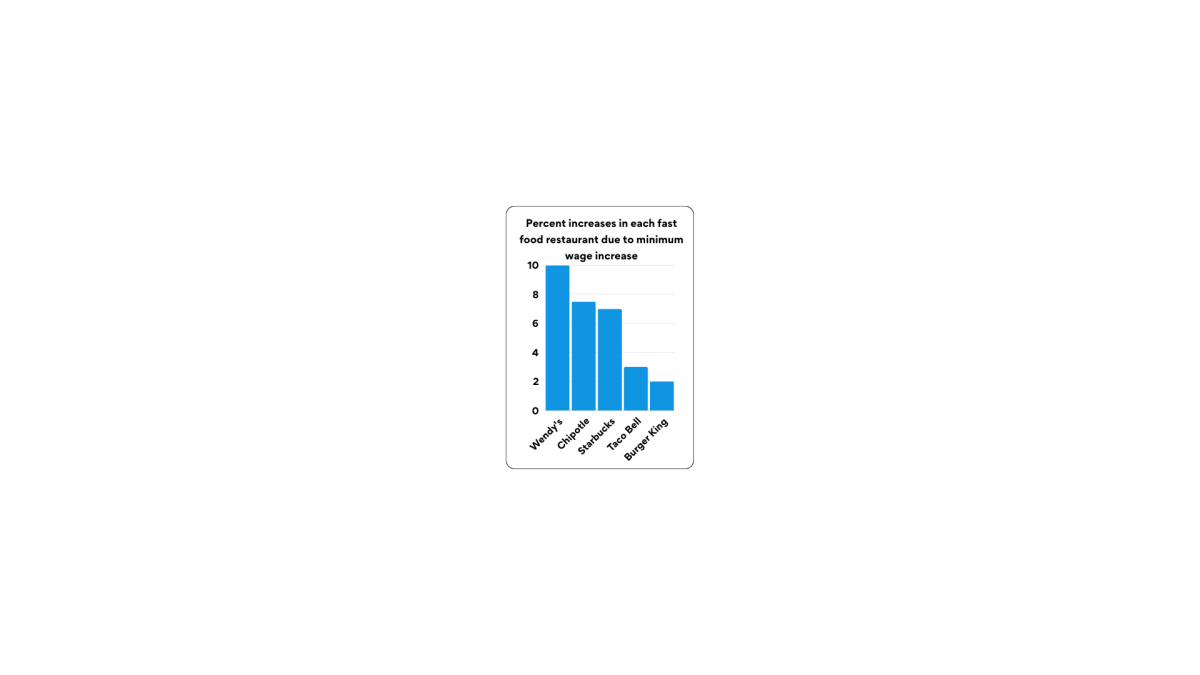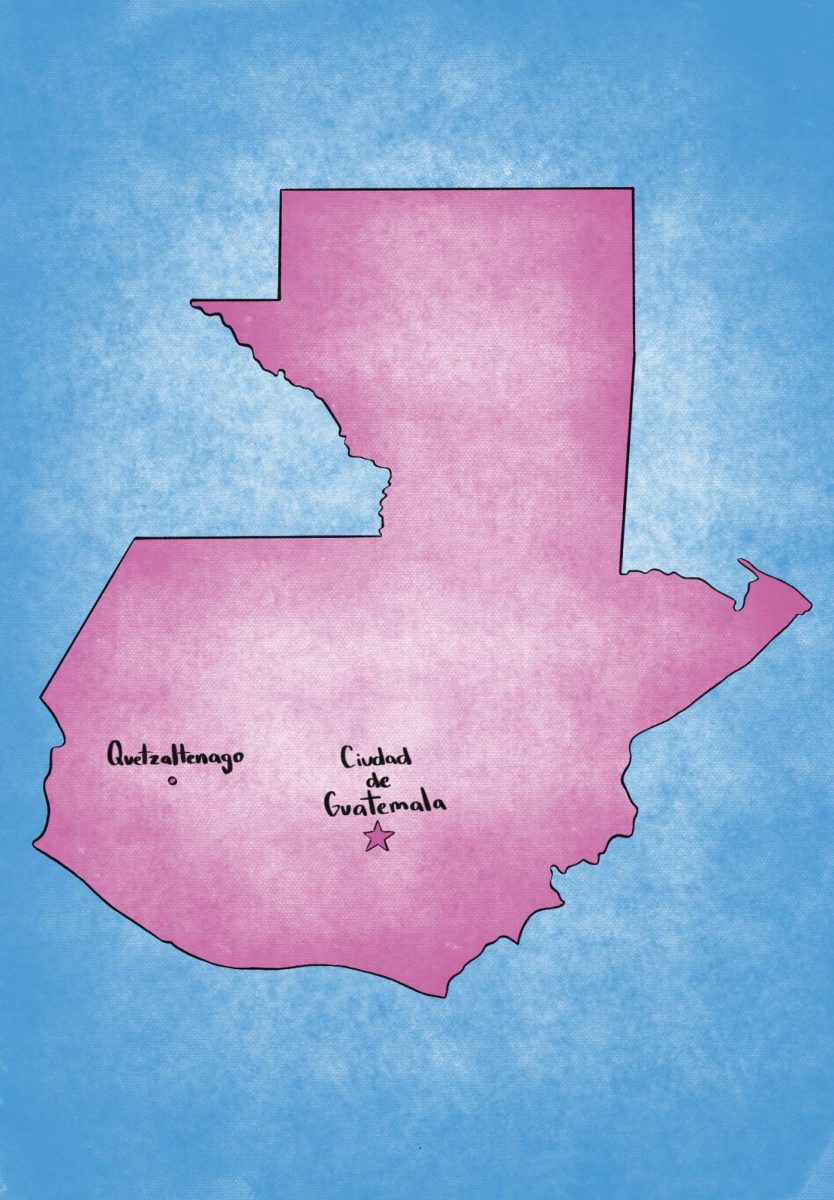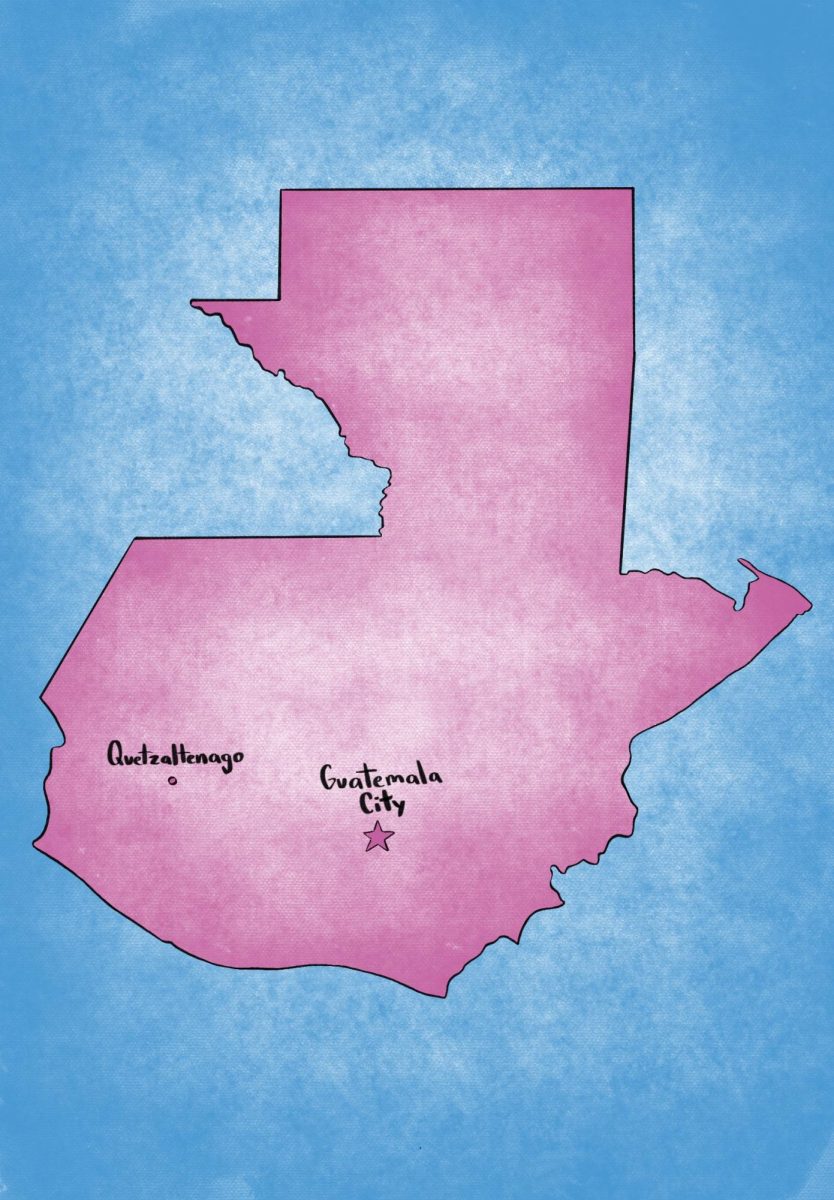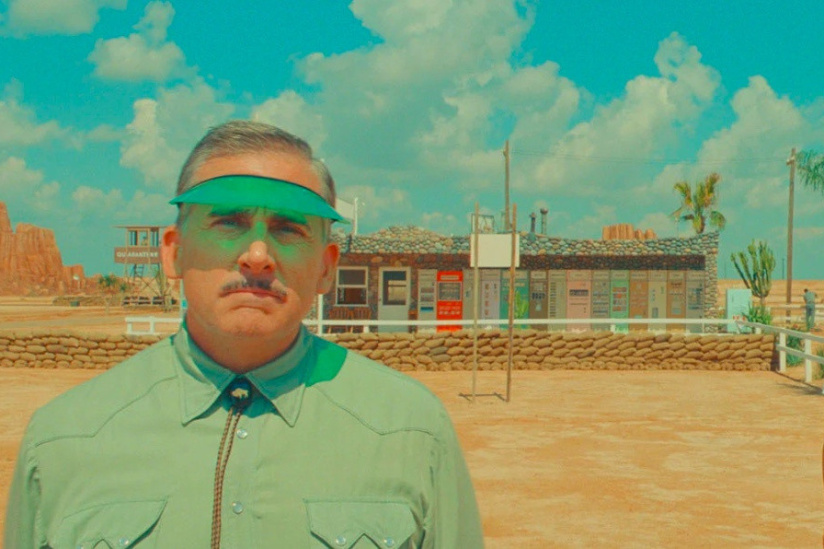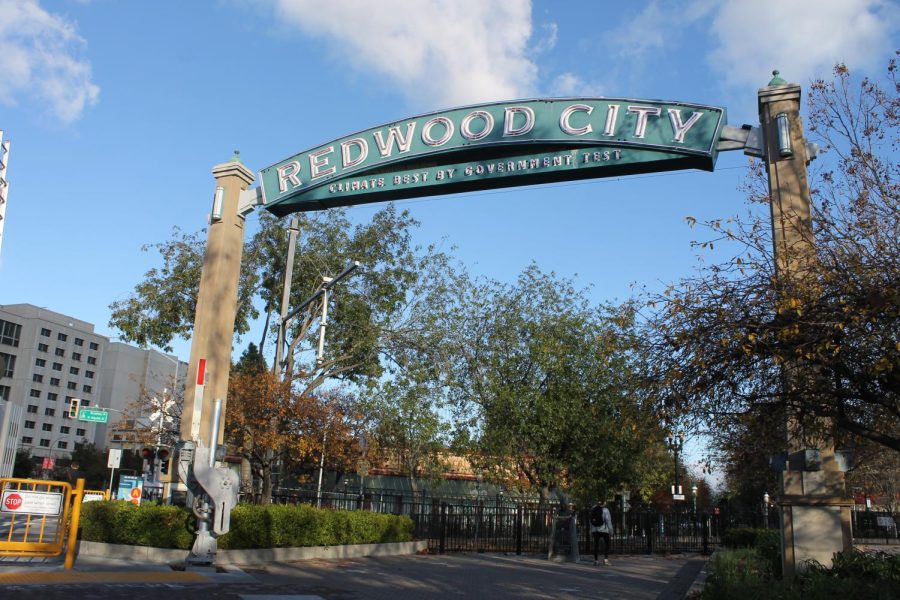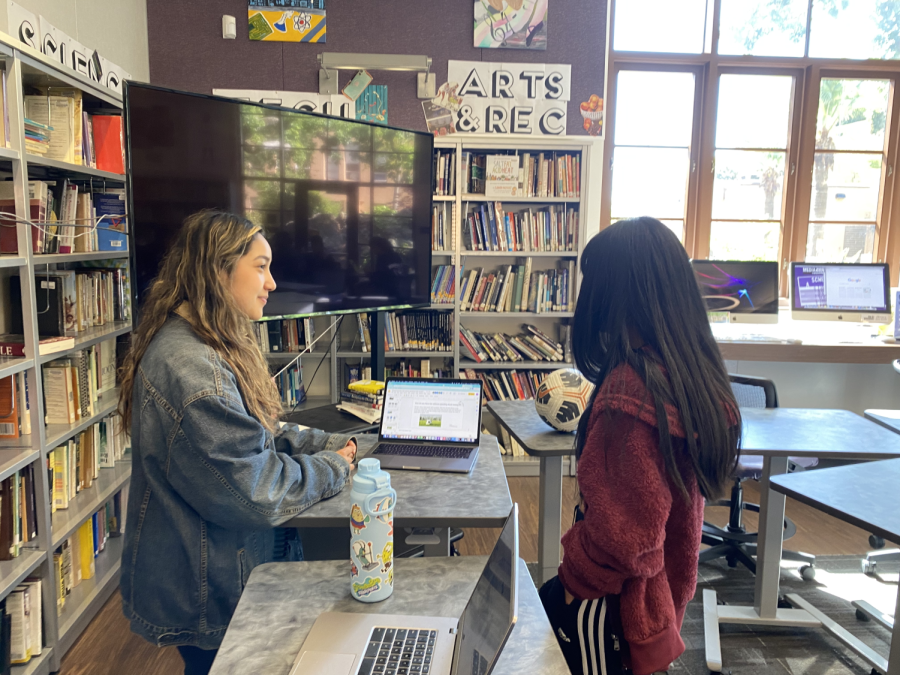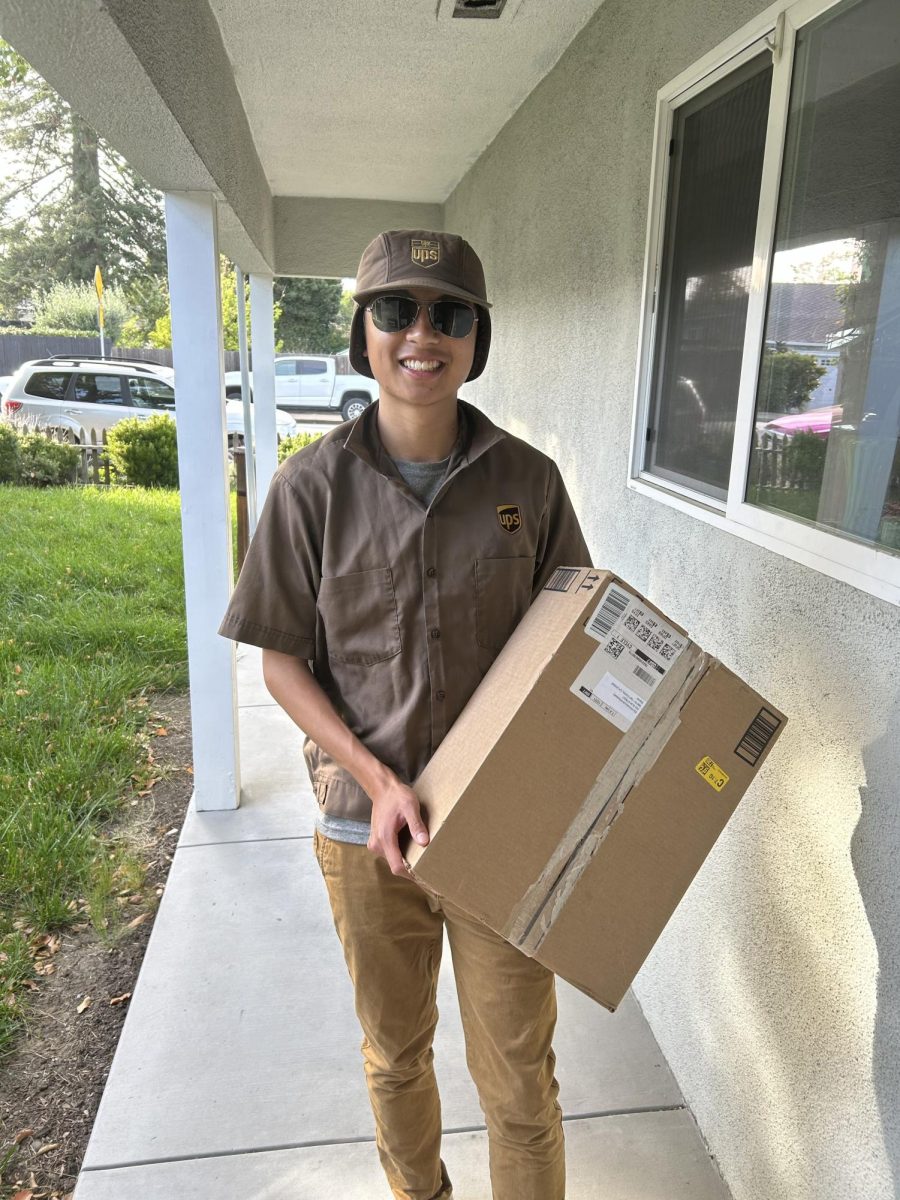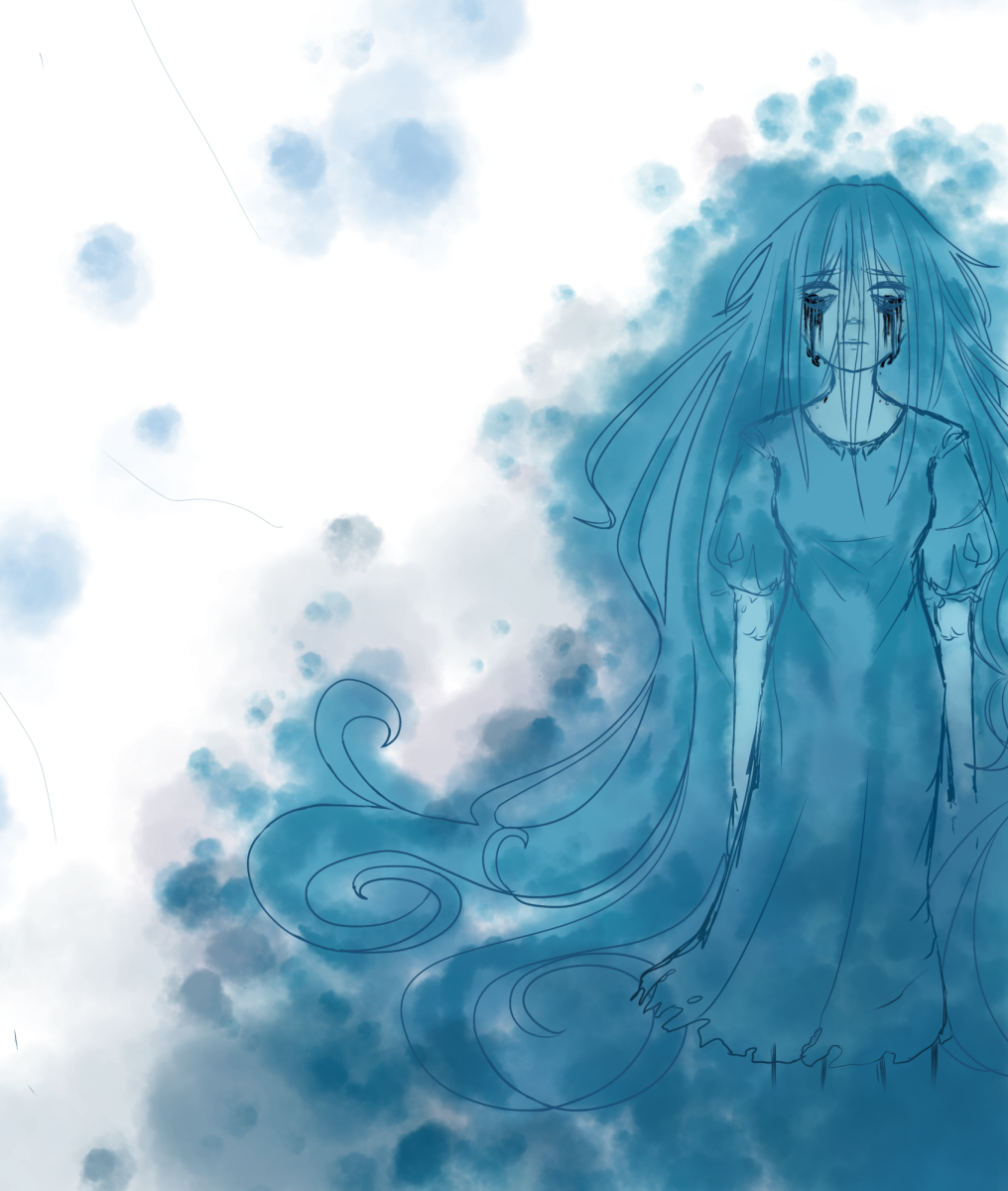To sit at the dinner table with family as the night approaches. To listen in fear and awe as legends of strange entities are shared. To have a head full of stories to be retold the next day to friends and to have those memories live years after the initial fear has passed. To many Latin American children, that is folklore.
According to the Journal of Folklore Research, the term folklore is defined by stories or other forms of cultural expression through forms of art and storytelling. Tracking down the origins of any tale is incredibly difficult since they can spread verbally and boost in popularity. The myth of “La Llorona” is a prime example of an urban legend that grew beyond its origin in Mexico; it is about a woman who drowned her children and now haunts rivers as a spirit in search of them.
Despite the slight differences in stories, Latin American folklore and its influence can be overlooked by only categorizing them as stories, but there is much more to these myths than meets the eye.
Lots of Latin American stories are usually tailored to be scary as a way to teach children to practice good behavior and to be safe. This is achieved by telling tales full of monsters and supernatural entities as the main focus.
“As a kid, they would tell you those stories to scare you and put fear in you [as] a way to [get you to] listen to your parents and do what you’re being told, ” Yeimi Ruiz Barriga, a senior of Mexican descent, said.
Stories tend to be passed down through generations of oral tradition about those creatures in folklore, influencing the beliefs of the supernatural and producing fear.
Jesse Bustos, a Digital Arts Academy teacher and second-generation Mexican-American, has a different perspective on the effect of these kinds of stories.
“I heard myths and folklore when I was a child, and it made me dream and helped me feel creative. [They were] teaching me values and principles,” Bustos said.
Myths and legends are ways to teach lessons across generations and serve an important purpose of both continuing culture and cautioning dangers.
“I learned a lot of urban legends because they were supposed to keep me safe, who I would trust, who not to trust and just tricks to survive,” Bustos said.
These stories also provide insight into the people with indigenous Latin roots who created them as a way to preserve a part of their culture through storytelling.
“It’s kind of explaining the loss of indigenous culture. Some people see “La Llorona” as a story about losing what was taken from the indigenous [peoples] during the [Spanish] conquest,” Carlos Navarrete, Mexican-American Study Skills teacher, said.
These stories allow for a lot of audience interpretation. To many, myths and folklore can often create or reinforce a connection to indigenous culture as a way to preserve ancestry through sharing stories.
“It has become part of our culture and that’s those moments that make you appreciate your family and your culture. Even if it’s scary, it’s still who we are [and] in a way, that’s part of our identity,” Barriga said.
Folklore and history can also be shown through the form of traditional dances that are performed during festivals. A very popular traditional dance is “La Danza De Los Voladores” (The Dance of the Flyers), which consists of dancers climbing to the top of a large pole while dancing throughout the entirety of the act. The actual dance itself is related to a myth where the dance is performed to appease the gods after a drought, according to Mexico Retold.
“It’s just really beautiful to see the way [those dances] styled our culture,” Carmen Cuevas Contreras, a senior of indigenous Mexican descent, said.
To many, the dances are a gateway to understanding the culture of the dance and providing entertainment. Latin-American culture has been spread through dance in a very effective way so many people have managed to keep those stories alive.
“It brings me back to my roots, my culture, my history. It shows my raza (race) [and] how different it is from Mexico and the United States,” Contreras said.

